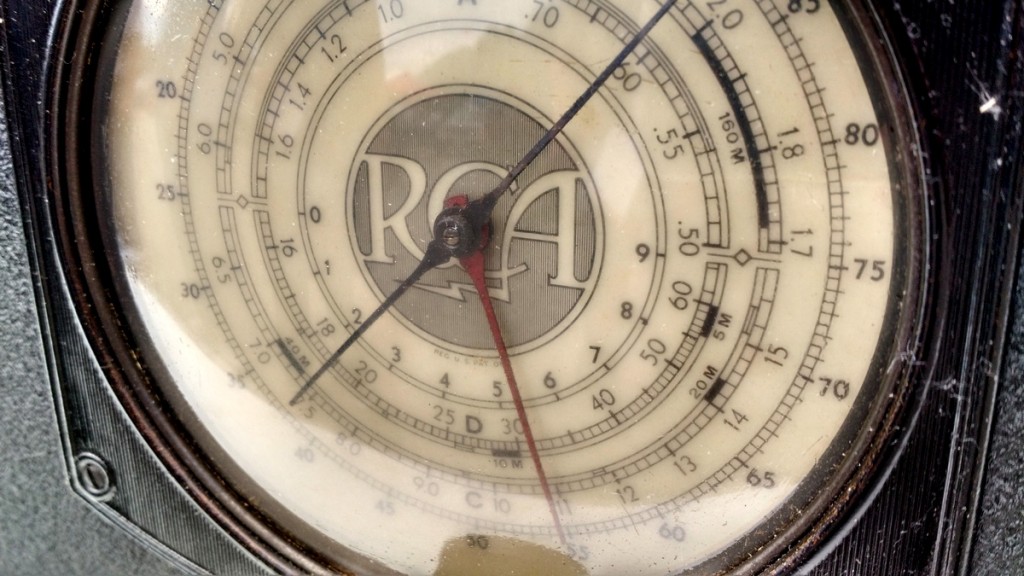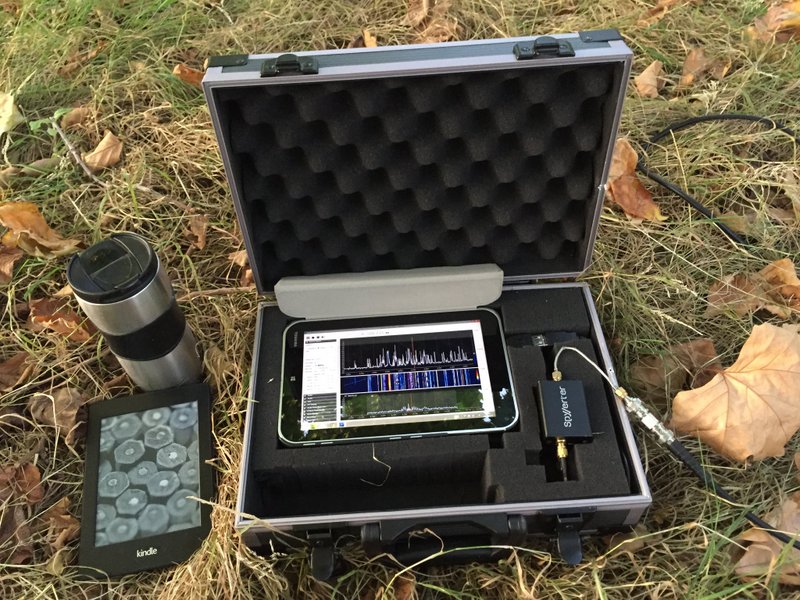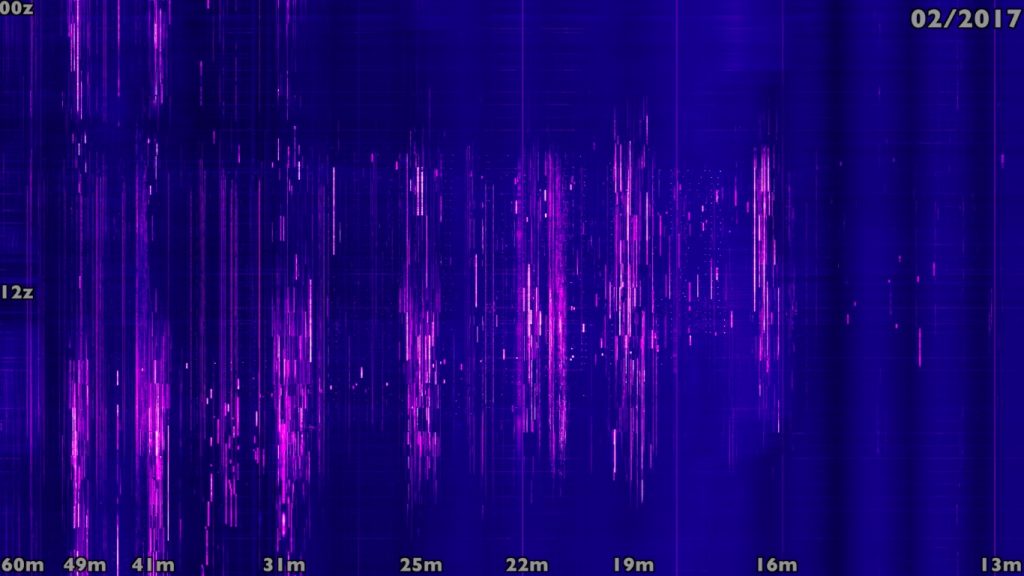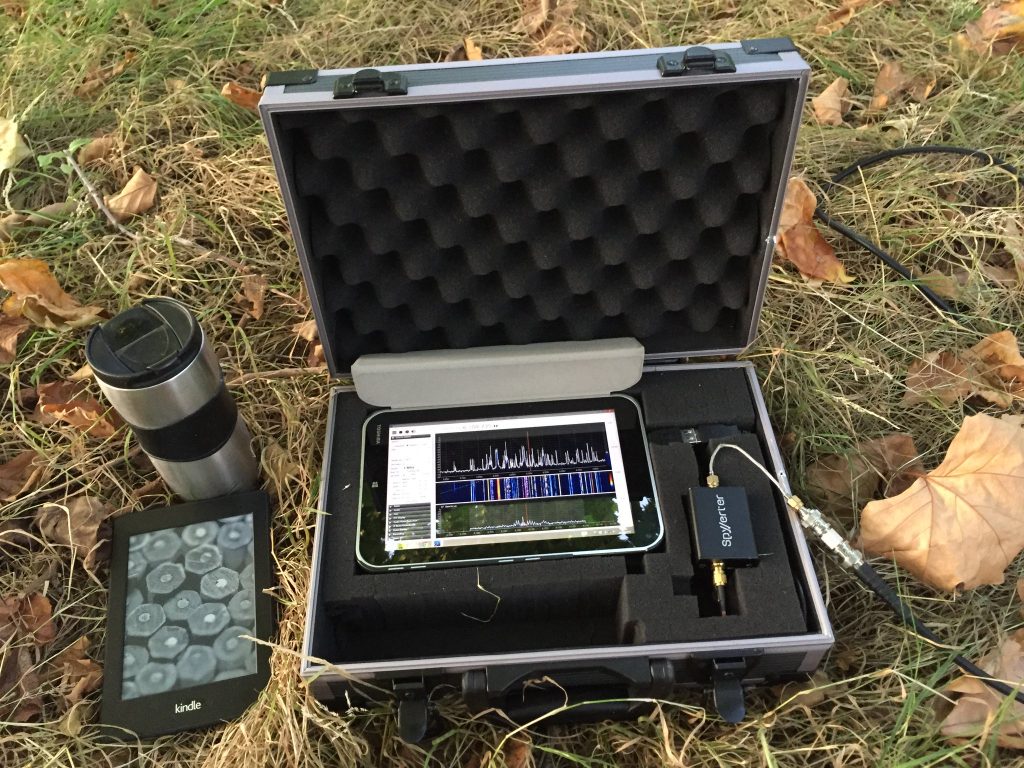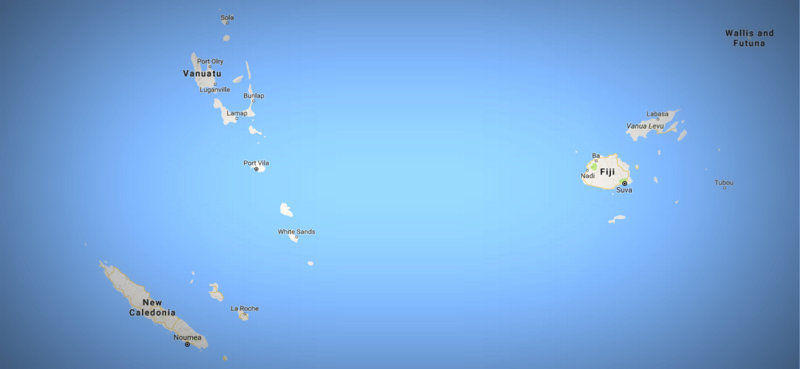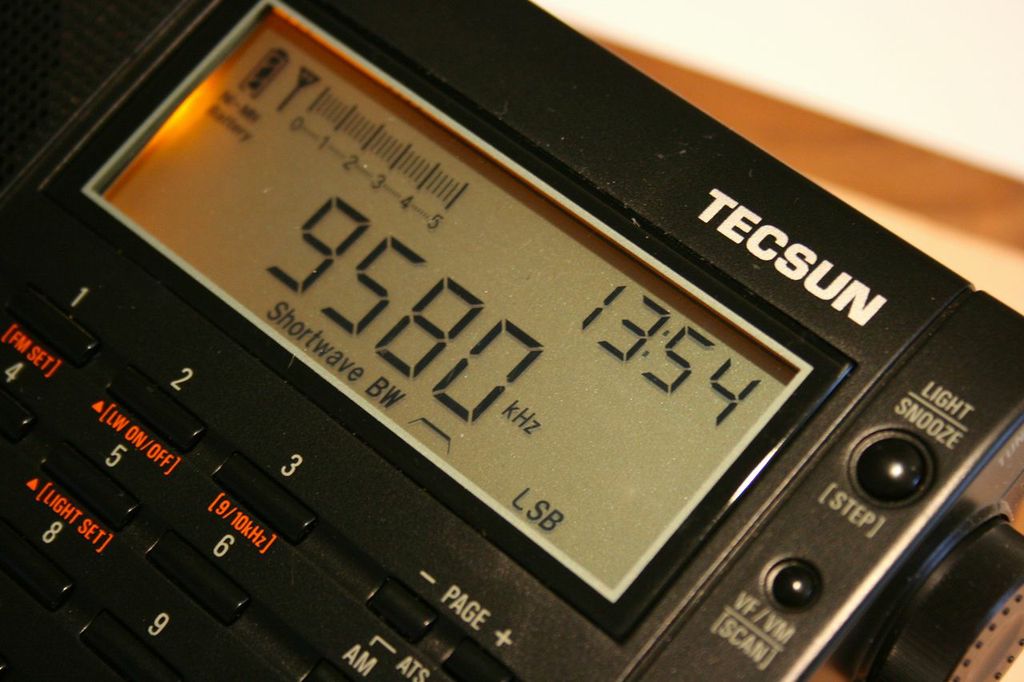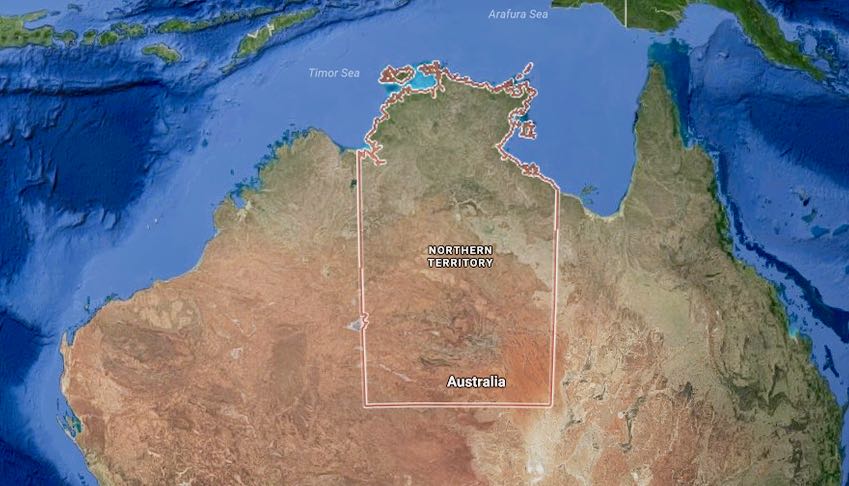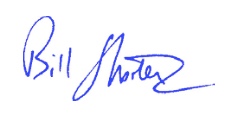Many thanks to SWLing Post contributor, London Shortwave, who recently shared this post from the blog, Making It Up:
Shortwave Radio Diversity Reception
Shortwave radio diversity reception provides a way to combine several fluctuating signals and get a solid result. It provided the foundation for most radio news received in America for years.
During World War II, most countries around the world relied on Britain’s shortwave radio broadcasts for the latest news from Europe. In the days before transatlantic audio cables or satellites, distant news traveled fastest by radio. Networks in the America’s, Australia, New Zealand and elsewhere re-broadcast shortwave radio news domestically.
Getting reliable, good quality audio programs over shortwave is always a challenge because of fading. As signals bounce off the ionosphere, they split over multiple paths. Often they fade and flutter, sometimes significantly, as the nature of the layers change with time. Here are several examples of shortwave signals fading, so you know what it sounds like. Skywave radio signals are subject to complex patterns of travel and interference.
Eventually, domestic networks found a clever way to get better audio from these distant signals.
[…]Diversity reception works like this. Instead of one signal, you monitor several signals at once and blend them together. Harold Beverage and RCA pioneered work on shortwave radio diversity reception in 1920’s. Commercial solutions arrived by 1933. Typically, you would use three receivers with three different antennas, spaced 1,000 feet apart. When antennas are widely spaced, signals arrive with different fading. Just combine the signals and let the strongest signal dominate. As long as the fading is not correlated across all three antennas, improvement can be significant.
Diversity reception can be achieved in several ways. The most popular – spatial diversity – is described above. Other methods include frequency diversity – mixing together the same program received on several different channels.[…]

